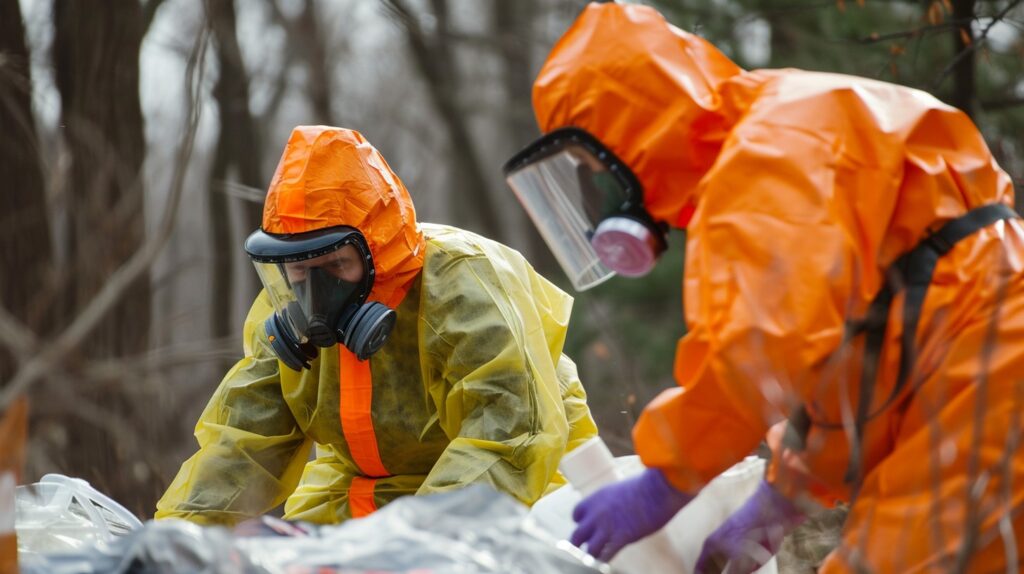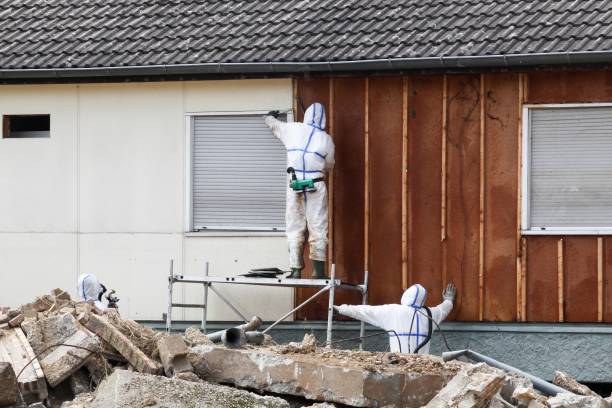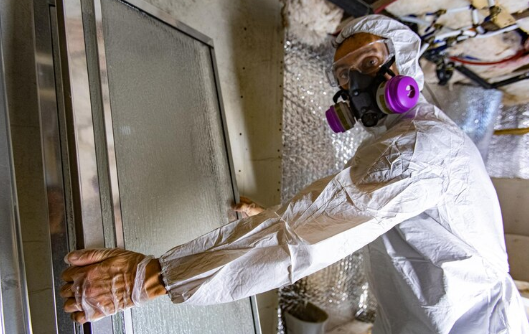Understanding the Health Risks of Hazardous Materials
Hazardous materials such as asbestos, lead, and mercury pose significant health risks to individuals exposed to them. Prolonged exposure can lead to serious health conditions, including respiratory diseases, cancers, and neurological disorders. Understanding these risks is crucial for homeowners and businesses alike to take appropriate action in ensuring safety.
For instance, asbestos exposure is linked to mesothelioma, a rare but aggressive cancer. Similarly, lead poisoning can affect brain development in children, leading to lifelong health issues. Recognizing these dangers underscores the importance of professional hazardous materials removal services to mitigate risks effectively.
Regulatory Standards for Hazardous Materials Removal
Compliance with regulatory standards is essential for any hazardous materials removal project. Various organizations, including the Environmental Protection Agency (EPA) and local health departments, set guidelines that professionals must follow to ensure safety and environmental protection. These regulations dictate how materials should be handled, transported, and disposed of.
For example, the EPA has specific protocols for asbestos removal that require certified professionals to conduct thorough inspections and follow safe removal practices. Adhering to these standards not only protects workers and residents but also helps maintain community health and environmental integrity.
Choosing the Right Hazardous Materials Removal Company
Selecting a qualified hazardous materials removal company is critical for ensuring safe and effective service. Homeowners should look for certifications, experience, and customer reviews when evaluating potential contractors. A reputable company will have a proven track record in handling hazardous materials and a commitment to safety.
For instance, companies certified by the National Institute of Occupational Safety and Health (NIOSH) demonstrate adherence to industry standards. Additionally, customer testimonials can provide insights into the company's reliability and quality of service, helping homeowners make informed decisions.
Post-Removal Safety Measures and Follow-Up
After hazardous materials have been removed, implementing safety measures is vital to ensure ongoing protection. This includes conducting air quality tests, sealing off affected areas, and educating residents on how to maintain a safe environment. Follow-up assessments can help identify any remaining risks and confirm that the removal was successful.
For example, post-removal air quality testing can detect any lingering contaminants, ensuring that the space is safe for occupancy. Homeowners should also be proactive in scheduling regular inspections to monitor for potential hazards in the future, thereby maintaining a safe living environment.




